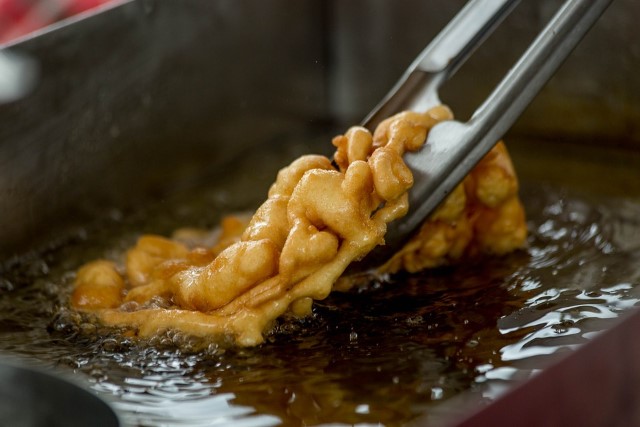Grease traps are essential devices for homeowners, especially those who cook frequently with oils or fats. Designed to capture grease, oils, and food particles before they enter the plumbing system, grease traps help prevent clogged pipes, unpleasant odors, and costly repairs. They’re typically installed under the sink or in an accessible part of the plumbing system.
Over time, grease and fats from cooking can solidify and build up in pipes, leading to blockages. A grease trap intercepts this waste, allowing it to cool and separate from the water, which then flows freely into the sewage system. Regular maintenance of a grease trap is crucial. If it’s neglected, accumulated waste can cause backups and bad smells.
Cleaning a grease trap involves removing the solidified grease layer. Depending on its size and usage, this should be done every few weeks or months. Homeowners can often clean smaller grease traps themselves, but for larger or more complicated systems, hiring a professional might be worthwhile.
Investing in a grease trap not only helps keep your plumbing clear but also promotes an eco-friendly home by reducing the amount of grease entering local water systems. For a cleaner home and a healthier environment, maintaining a grease trap is a smart choice.


Recent Comments